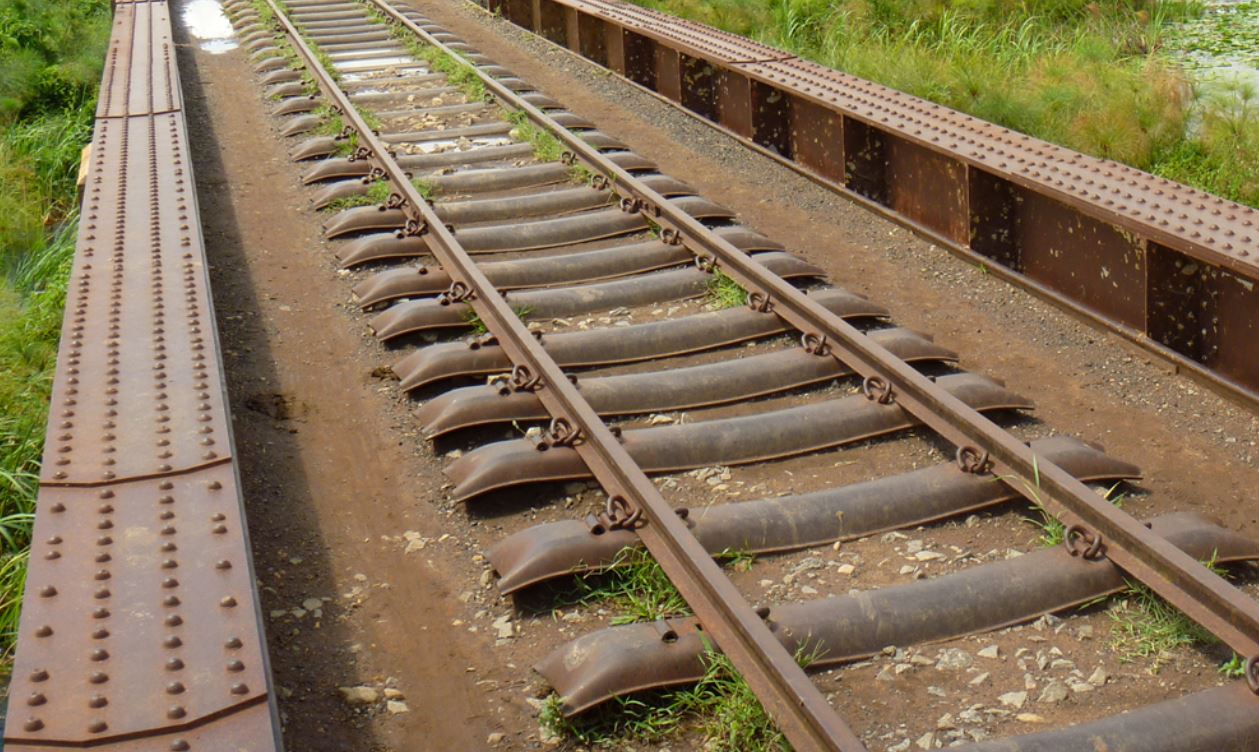The Mosetse–Kazungula–Livingstone railway corridor, a transformative cross-border infrastructure initiative between Botswana and Zambia, has been pegged at an estimated cost of US $1.5 billion, with additional traction investments surpassing US $130 million.
This 430-kilometre rail line is expected to significantly improve trade and regional integration along the North–South transport corridor. Botswana’s Minister of Transport and Infrastructure, Noah Salakae, emphasised that for the investment to be viable, the line must handle around 7.5 million tonnes of freight annually.
Currently, road freight over the Kazungula Bridge is approximately 3.1 million tonnes per year, indicating that while the project won’t begin from a zero base, achieving target volumes will require substantial growth and logistics reform.
Boost in freight volumes
Botswana Railways has recently increased its annual freight volumes to just over 1 million tonnes, a notable improvement, but still well below the level required for this corridor’s success. Salakae highlighted the urgent need for deliberate freight mobilisation, scaling of operations, and modernization of logistics systems to prepare for the corridor’s activation.
These remarks were made during a bilateral meeting with Zambia’s Minister of Transport and Logistics, Frank Tayali, in Kasane, Botswana—the first such meeting since the signing of a bilateral agreement in March 2024. This agreement initiates a bankable feasibility study and eventual construction of the railway from Mosetse in Botswana to Livingstone in Zambia, via the Kazungula Bridge.
Strategically, the new rail route will create the shortest land corridor from Lubumbashi in the DRC to Durban Port, reducing the distance to 2,860 km, compared to 3,188 km via Beitbridge and 3,216 km through Plumtree. This has the potential to reclaim transit traffic that Botswana previously lost following the opening of the Beitbridge line in 1999.
Furthermore, the Kazungula corridor will provide a modern and efficient alternative to the Victoria Falls Bridge, which currently limits cargo volumes due to structural weight restrictions, allowing just five wagons per rake.
Both nations are optimistic that this infrastructure will not only bolster bilateral trade and economic integration but also enhance connectivity within the SADC region, unlocking significant socio-economic opportunities for communities and businesses alike.

